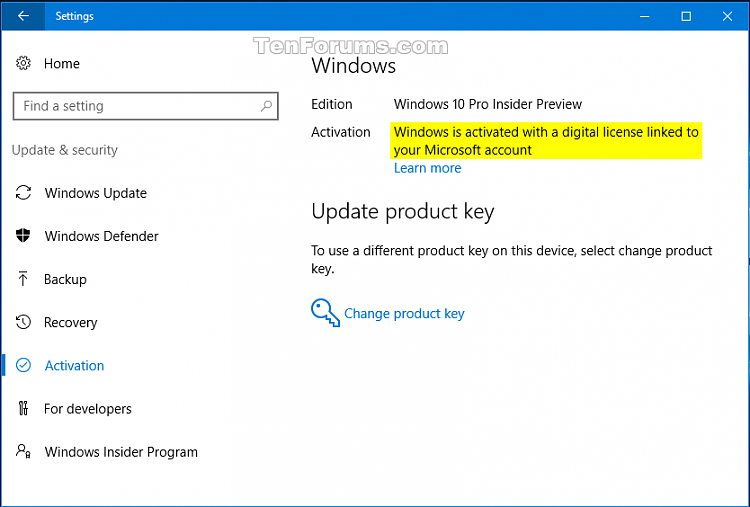

It contains a BODY element that encapsulates the license or certificate information and an optional SIGNATURE element that contains an encrypted hash of the body. The XrML element is the root of an XrML license or certificate.

This certificate is used by released applications that have been licensed by Microsoft.Ĭontains a set of predefined rights that can be used when protecting a document in place of manually defining usage policy. Provided by Microsoft to sign a custom application into the Production AD RMS certificate hierarchy. This certificate is used during application development. Provided by Microsoft to sign a custom application into the Pre-production AD RMS certificate hierarchy. For more information, see Creating an Application Manifest. Identifies your application by signing it with the Pre-production or Production certificate provided by Microsoft. Identifies an AD RMS server in the AD RMS certificate hierarchy. Used to sign an issuance license offline. For an XrML 1.2 example, see End User License XML Example. Identifies the right(s) granted to a specific user to consume protected content. For an XrML 1.2 example, see Issuance License XML Examples. Identifies the users who can consume protected content and the rights that can be made available to them. For an XrML 1.2 example, see Rights Account Certificate XML Example. Identifies an Active Directory user account in the AD RMS certificate hierarchy. For an XrML 1.2 example, see Machine Certificate XML Example. Identifies a computer in the AD RMS certificate hierarchy. AD RMS uses XrML 1.2 in the following documents. You can visit the official website for the language, to download specifications, schemas, examples, and white papers. Three version of the language currently exist - 1.0, 1.2, and 2.0.

Active Directory Rights Management Services (AD RMS) uses the eXtensible rights Markup Language (XrML) in licenses, certificates, and templates to identify digital content and the rights and conditions that govern use of that content.


 0 kommentar(er)
0 kommentar(er)
